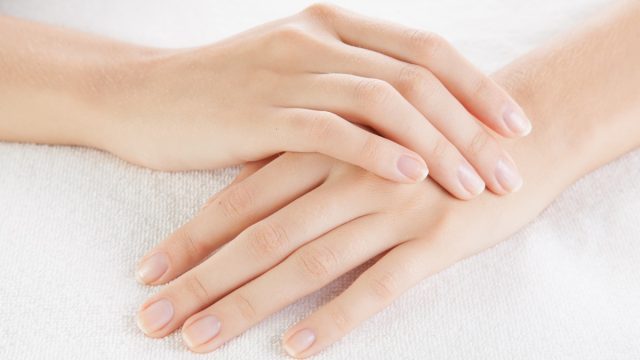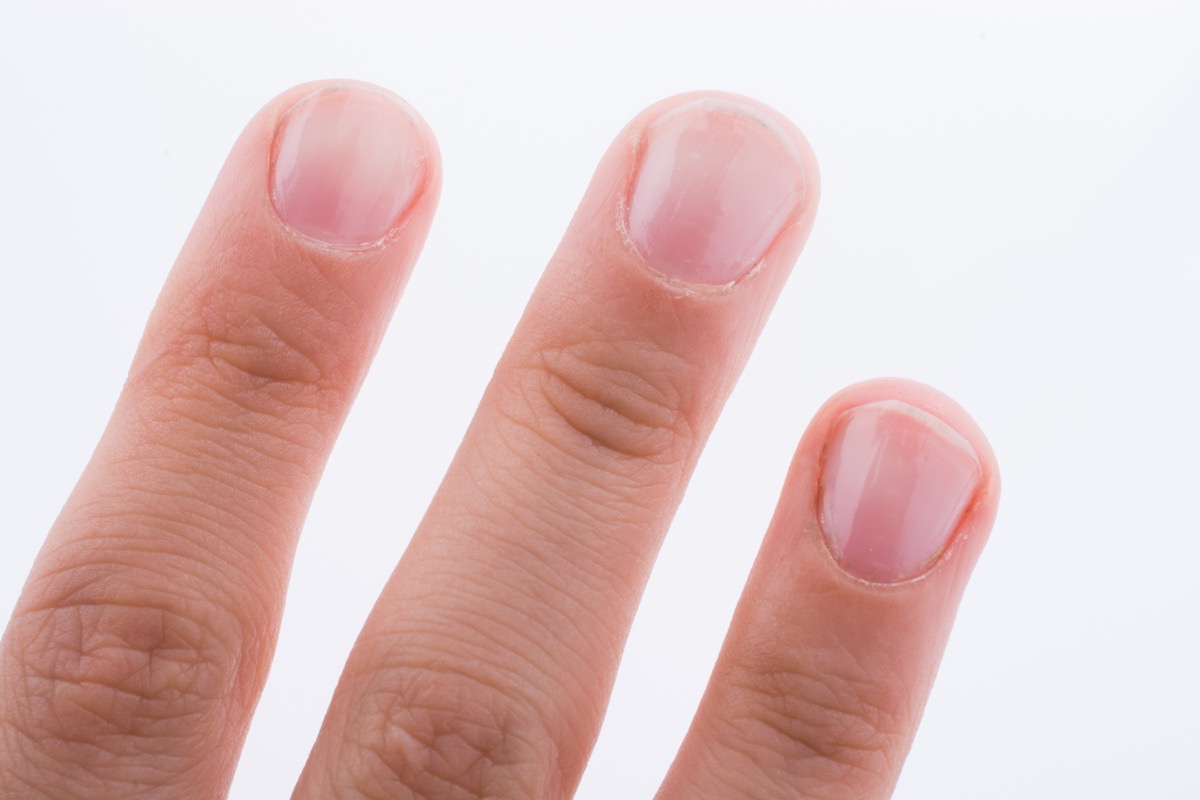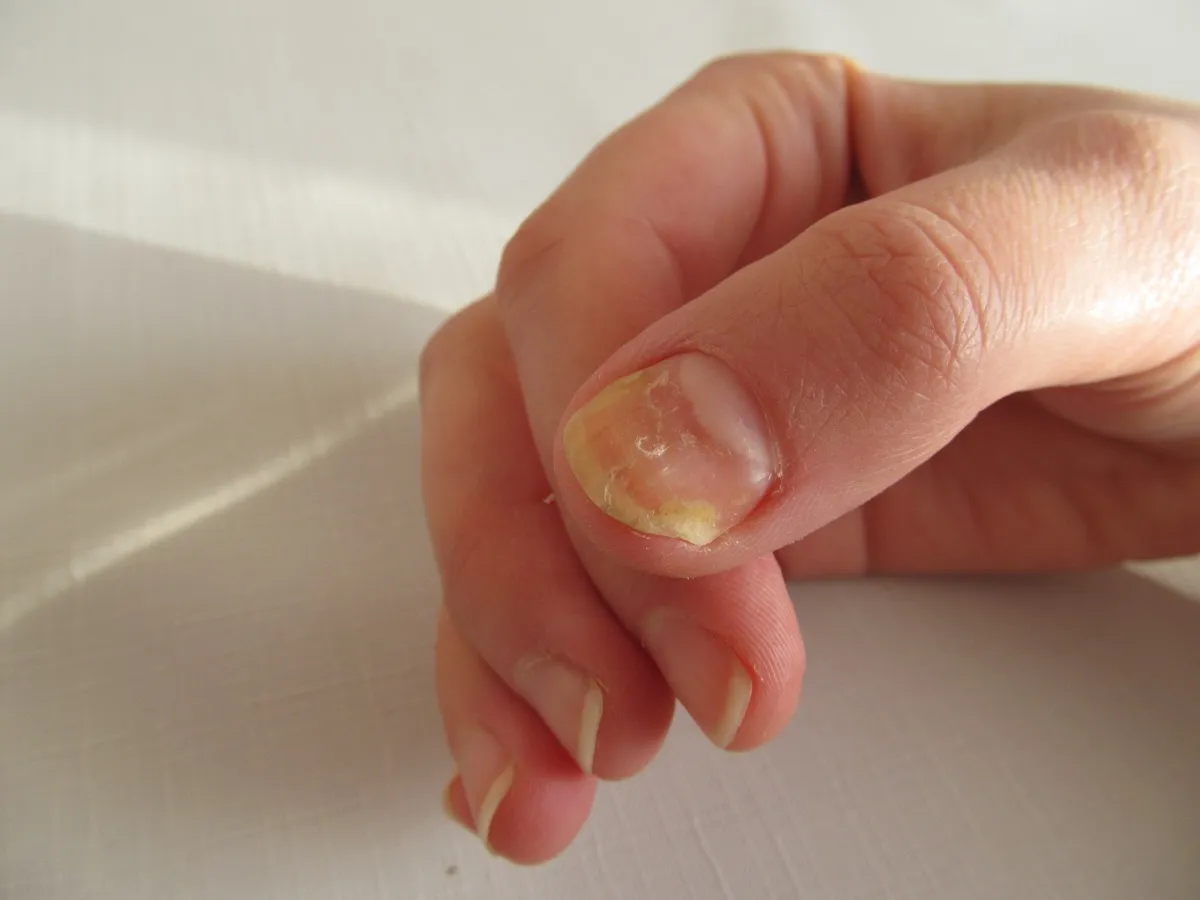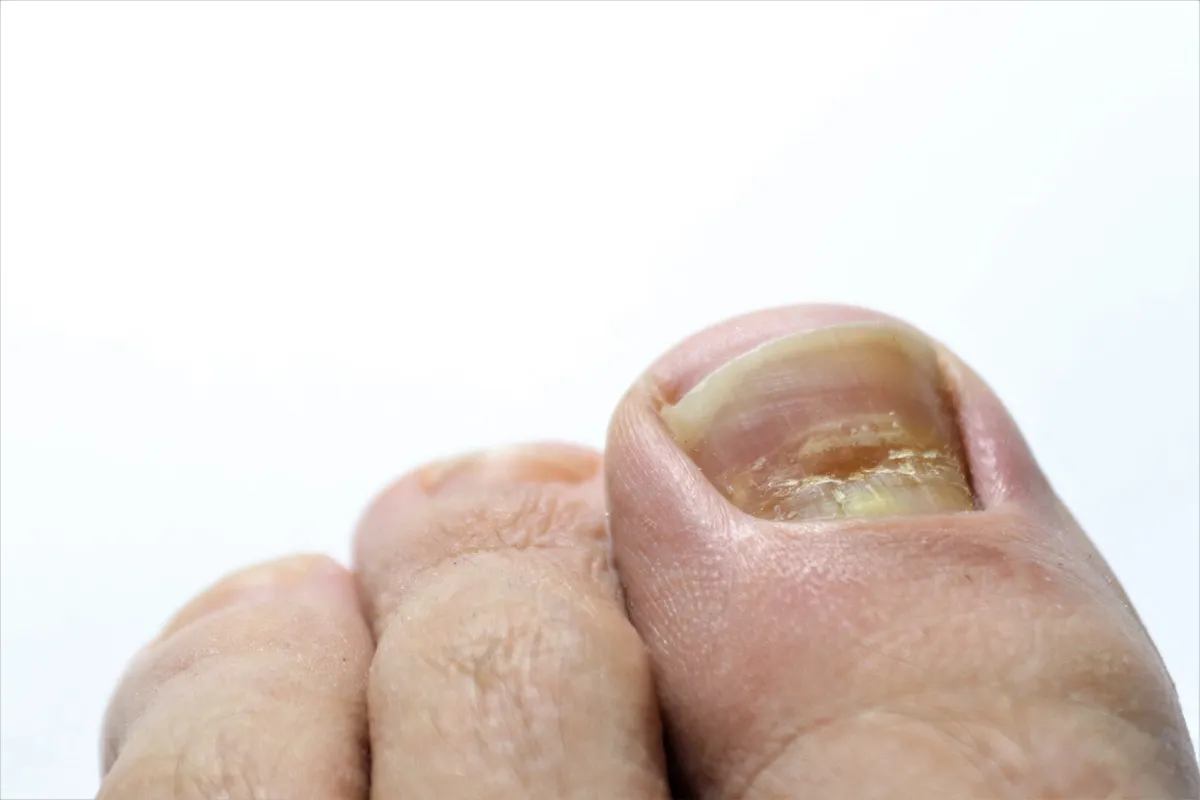If You See This on Your Nails, It Could Be a Tell-Tale Sign of Diabetes

Thirty four million Americans—or one in 10 people in the U.S.—are currently diagnosed with diabetes, according to the Centers for Disease Control and Prevention (CDC). But perhaps even more shocking is that an estimated one in three Americans has prediabetes—and only 15 percent of those with the condition know they have it. That’s exactly why the Mayo Clinic suggests familiarizing yourself with the tell-tale signs of these conditions. They say that any number of symptoms may hint at a serious blood sugar imbalance, including fatigue, increased thirst or hunger, changes in skin, weight loss or gain, blurred vision, and more.
However, beyond these better known signs of diabetes, there’s one additional red flag experts want you to recognize. The answer, they say, can be right at your fingertips—especially if you know what to look for. Read on to find out how your fingernails may reveal a diabetes diagnosis, and for another strange symptom to look out for, If You See This on Your Feet, You May Have Diabetes, Doctors Say.

Though often overlooked, your fingernails can offer a window into your health, says Elizabeth Salada, MD, via Diabetes.co.uk. For this reason, she routinely checks her patients’ nails as part of their medical examinations. “Lots of common diseases can present themselves through the appearance of your nails,” she shared.
Salada says that healthy nails are typically pink, flat and even in color, and any changes in shape, thickness, or consistency can help identify a problem. Specifically, she warns that “a slight blush at [the] bottom of the nail is sometimes a symptom of diabetes.” And for more important health news delivered right to your inbox, sign up for our daily newsletter.

According to Healthline, yellow or brittle fingernails or toenails can also be a sign of diabetes. That’s because diabetes makes you predisposed to a fungal infection called onychomycosis.
“In some people with diabetes, the nails take on a yellowish hue,” the health resource explains. “Often this coloring has to do with the breakdown of sugar and its effect on the collagen in nails.” While the discoloration itself is reportedly not harmful and does not need to be treated, it can tip you off to deeper issues. Talk with your doctor about evaluating this change—especially if you’re experiencing any symptoms.

As you get older, you may naturally develop vertical ridges on your fingernails or toenails. However, if you notice horizontal lines on your nails, they could be the result of type 2 diabetes.
These distinctive ridges are known as Beau’s lines, and they can be caused by uncontrolled blood sugar levels, according to the Mayo Clinic. That said, this same symptom can also be caused by several other underlying conditions, including a thyroid problem. If you notice these lines on your nails, let your doctor know so you can discuss their potential causes. And for another reason to call your medical provider, If This Body Part Hurts You at Night, See Your Doctor.

While your short nails may be the result of biting or breakage, experts say they can also indicate a deeper health problem. In rare cases, nerve damage resulting from diabetes can cause inhibited nail growth, according to the journal Practical Diabetes. This can leave the nails on certain fingers appearing “shortened” and “fragile.” And for more pressing medical news, If You’re Sweating at Night, It Could Be a Sign of These Kinds of Cancer.